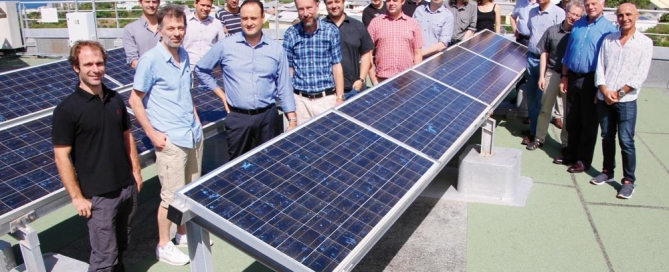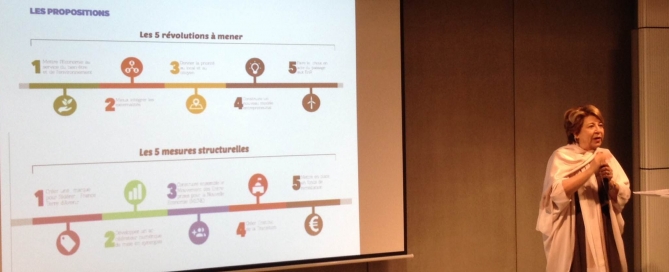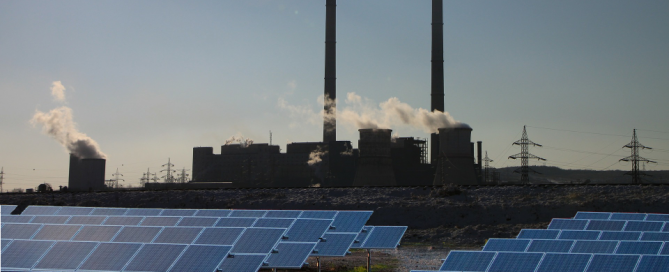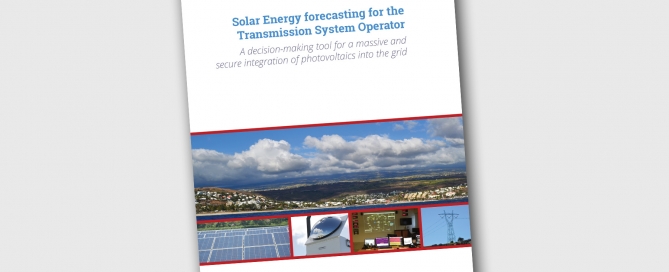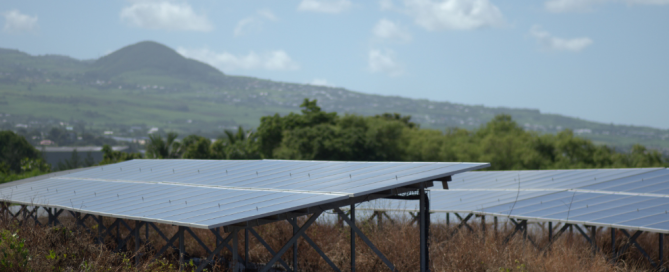Reuniwatt, member of the International Energy Agency’s Task 46
In order to get the best out of solar energy, a good knowledge of the resource is essential. An accurate assessment of the solar resource is important for dimensioning solar plants – whether they are thermal, photovoltaic or concentration –. Reliable and trustworthy production forecasts during a plant’s operating phase are just as important. TSOs need them to properly handle the variable availability of the
